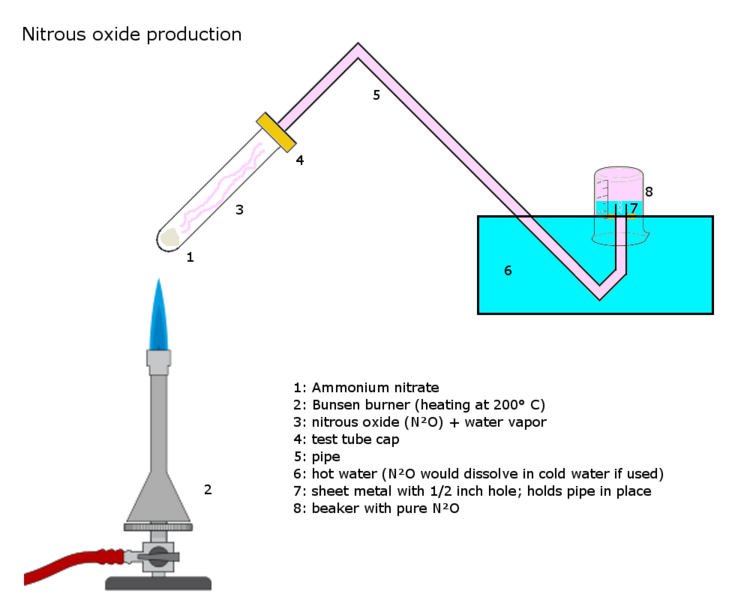Quote: Originally posted by MichiganMadScientist  | You might want to start thinking about getting rid of the meker burner. Open flames in chemistry is really quite dangerous.
[Edited on 29-8-2013 by MichiganMadScientist] |
No, you don't. A Meker burner is a great thing to have and a lot of chemistry is hard to do without a strong source of heat. Open flame heat
can in any case easily be tempered by a sand bath for instance.
But it's better to ALSO have other heat sources like a decent electrical hot plate. In terms of different heat sources available for a chem lab, I'd
say: 'the more the merrier'.
[Edited on 30-8-2013 by blogfast25] |












 0. In case you honestly didn't know that's what Erowid is about....well, now you do.
0. In case you honestly didn't know that's what Erowid is about....well, now you do.










